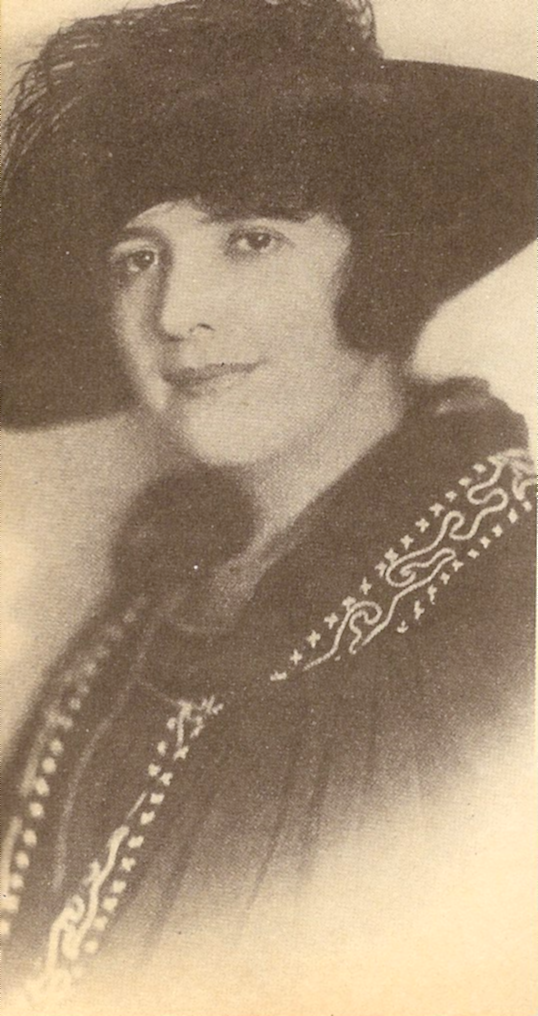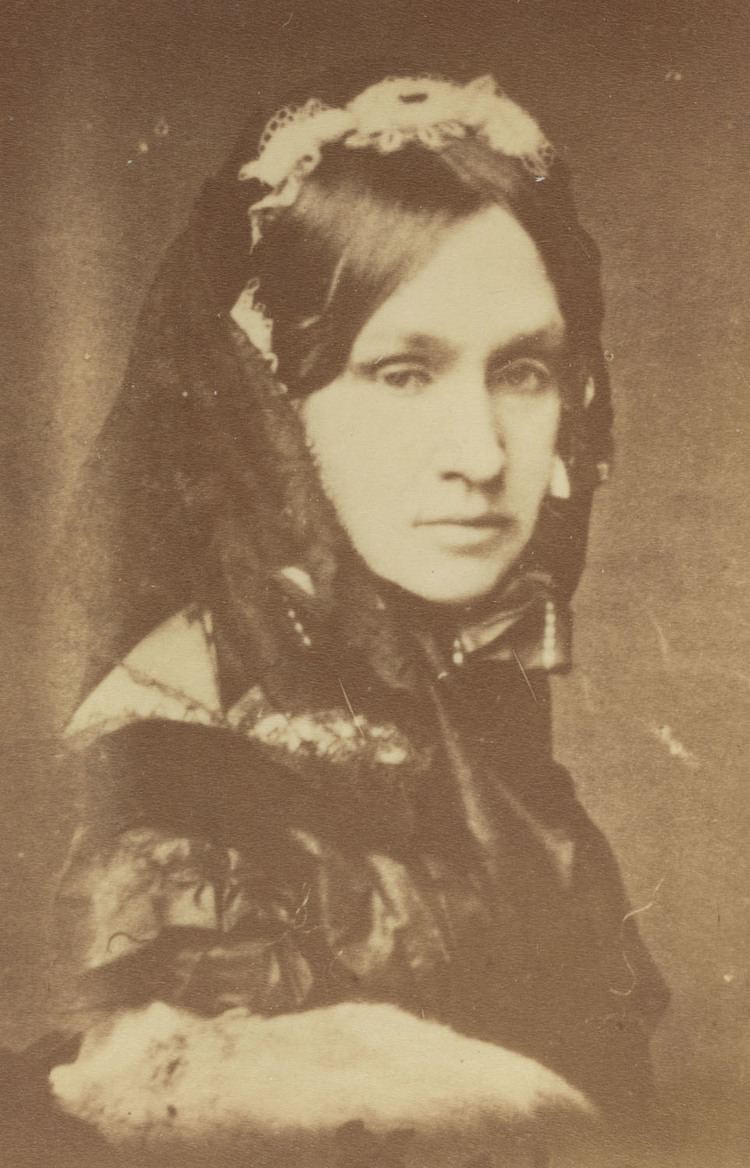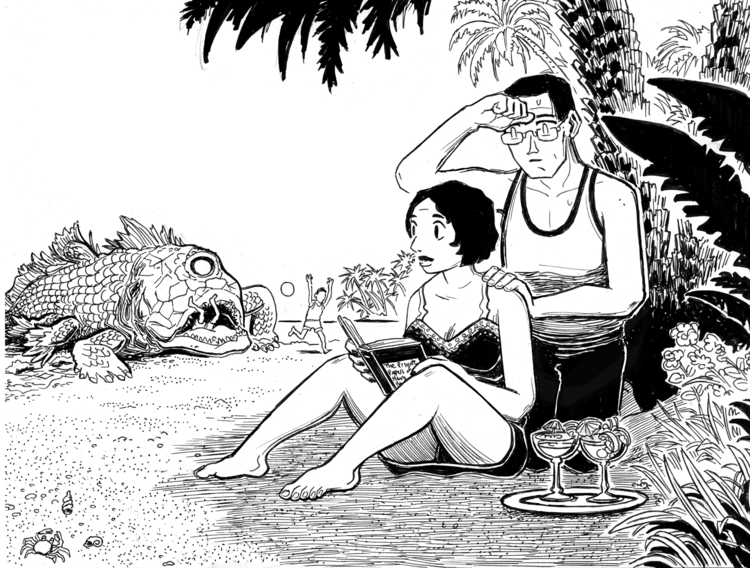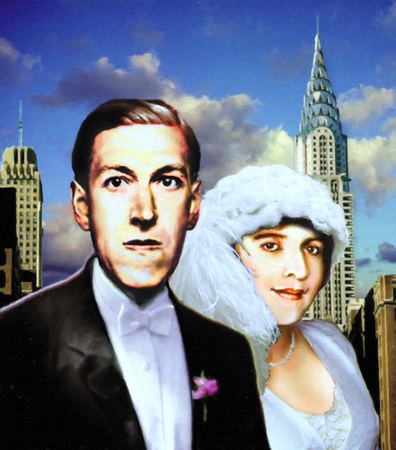Name Sonia Greene Children Carol Weld | Role Writer | |
 | ||
Marriage location St. Paul's Chapel, New York City, New York, United States Spouse H. P. Lovecraft (m. 1924–1937), Samuel Greene (m. 1899–1916) Parents Racille Shafirkin, Simyon Shafirkin People also search for H. P. Lovecraft, Carol Weld | ||
Sonia Greene | Wikipedia audio article
Sonia Haft Greene Lovecraft Davis (16 March 1883, Ichnia, Ukraine - 26 December 1972) was a one-time pulp fiction writer and amateur publisher, a single mother, business woman and successful milliner who bankrolled several fanzines in the early twentieth century. She is best known for her two-year marriage to American weird fiction writer H. P. Lovecraft. She was a president of the United Amateur Press Association.
Contents
- Sonia Greene Wikipedia audio article
- Lorrore di Martins Beach di HP Lovecraft e Sonia Greene
- Life and work
- Relationship with H P Lovecraft
- Later years
- Poems
- Stories
- Plays
- Memoir
- EssaysEditorials
- EditorInvestor
- References

L'orrore di Martin's Beach di H.P. Lovecraft e Sonia Greene
Life and work

Some of Greene's biographical details are unclear – she was born as either Sonia Haft Shafirkin or as Sonia Shaferkin Haft, in either Ichnia, Ukraine, Russian Empire or Konotop, Chernigov Province, to Simyon and Racille (Haft) Shafirkin. It is known that she did come from a Jewish family. Her father apparently died when she was a child, and her mother emigrated to the United States, leaving Sonia and her brother in Liverpool at the Baron Maurice de Hirsch School. Sonia joined her mother in America in 1892, after her mother remarried to a shopkeeper named Samuel Morris.

At the age of sixteen, on 24 December 1899, Sonia married Samuel Greene, a Russian whose name may have originally been Samuel Seckendorff, who was ten years her senior. The following year she gave birth to a son, who died at three months of age. Her daughter, Florence Carol (later Carol Weld) was born on 19 March 1902. According to Lovecraft's correspondent Alfred Galpin Samuel Greene was "a man of brutal character". The marriage was turbulent, and Samuel Greene died in 1916, apparently by his own hand.

Greene was independently middle class, unusual for women of that time. She worked as a milliner at a department store and traveled frequently for her job. Her salary allowed her to rent a nice house for herself and her daughter in the then-fancy area of Brooklyn known as Flatbush. It also allowed her to donate money to several amateur press publications, as well as to travel to amateur press conventions.

Her daughter Florence became a successful journalist under the name of Carol Weld. The two women had a tense relationship, and stopped speaking to each other. Greene does not mention her daughter in her volume The Private Life of H.P. Lovecraft, an autobiographical work which details only the period of her relationship and marriage with Lovecraft.
Relationship with H. P. Lovecraft
In 1921, a few weeks after his mother's death, she met Howard P. Lovecraft at an amateur press convention in Boston, having been introduced to the world of amateur journalism by Lovecraft's colleague James Ferdinand Morton, Jr. in 1917. In the following October she issued The Rainbow, a fanzine described by Reinhardt Kleiner as "a large and handsome affair, illustrated with half-tone reproductions of photographs of well-known amateurs of the day and containing excellent contributions by many of them." Lovecraft reviewed Greene's magazine at some length in The National Amateur (March 1922). A facsimile edition of the magazine was issued by Necronomicon Press in 1977.
Greene's best-known story is "The Horror at Martin's Beach" a.k.a."The Invisible Monster," which was revised and edited by H. P. Lovecraft for publication in Weird Tales (November, 1923). Lovecraft completed his story "Under the Pyramids" in February 1924, but lost his original draft of the story at Union Station in Providence, Rhode Island when he was on his way to New York to marry Greene, who helped him for most of their honeymoon in Philadelphia retyping the manuscript.
Greene also penned the story "Four O'Clock" (not revised by Lovecraft) which was first printed in Something About Cats and Other Pieces, a collection that also includes "The Invisible Monster" and her memoir "Lovecraft as I Knew Him".
After their marriage in St. Paul's Chapel in Manhattan on 3 March 1924 (Greene was then aged 40 and Lovecraft 33), Greene and Lovecraft relocated to Brooklyn and moved into her apartment. Soon the couple were facing financial difficulties. Greene lost her hat shop and suffered poor health. Lovecraft could not find work to support them both, so his wife moved to Cleveland for employment. Lovecraft lived by himself in the Red Hook neighborhood of Brooklyn and came to dislike New York life intensely. In the last year or so of their marriage, Greene lived on the road, traveling for her job. She sent Lovecraft a weekly allowance that helped him pay for a tiny apartment in the then-working class Brooklyn Heights. Greene slept there one or two days out of the month. During this time, Lovecraft claimed in letters that he was so poor that he lived for three days on one loaf of bread, one can of cold beans, and a hunk of cheese. A few years later, Lovecraft (who had returned to live in Providence, Rhode Island) and his wife, still living separately, agreed to an amicable divorce, which was never fully completed.
In the 1930s Greene wrote a play called Alcestis, the Prologue for which was written in Lovecraft's hand. It was unpublished until the mid-1980s, when it was issued in a facsimile holograph edition of 200 copies by R. Alain Everts' The Strange Company as by H.P. Lovecraft and Sonia Greene. Lovecraft scholar S.T. Joshi, however, considers that the play is likely entirely Greene's work. The manuscript of Alcestis is among Greene's papers at the John Hay Library.
Later years
After her marriage to Lovecraft ended, in 1933 Greene moved to California. In 1936, she married a Dr Nathaniel Abraham Davis of Los Angeles. She did not hear of Lovecraft's death until eight years later, in 1945. Her marriage to Lovecraft was never legally ended because Lovecraft, although he assured her the divorce had been filed, failed to sign the final decree, so Greene's union with Davis was technically bigamous. Greene was informed of this late in life and it disturbed her considerably. Her third husband died in 1946.
Greene later resided at Diana Lynn Lodge, a home for the elderly which is still in operation in Sunland, California, and died there in 1972 aged 89.
Poems
Stories
Plays
Memoir
Essays/Editorials
From The Rainbow:
From The Oracle:
